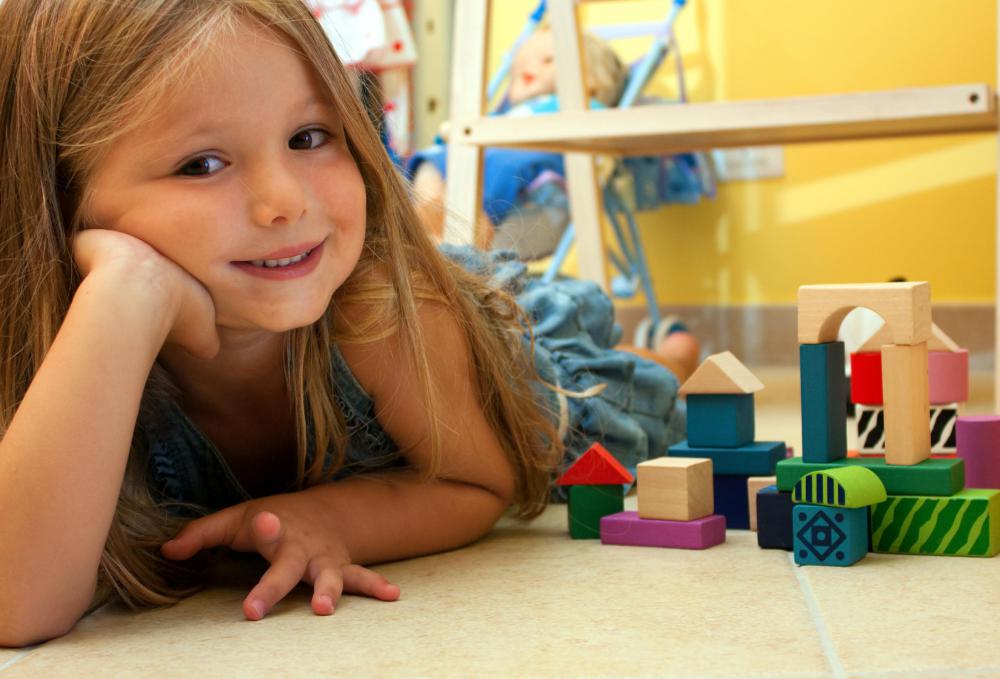At TheHealthBoard, we're committed to delivering accurate, trustworthy information. Our expert-authored content is rigorously fact-checked and sourced from credible authorities. Discover how we uphold the highest standards in providing you with reliable knowledge.
What Are the Different Lobes of the Cerebrum?
The cerebrum is the largest portion of the brain which is divided into two sections, the right and left hemispheres. Transformed from the embryonic arrangement or early stages of human brain development called telecephalon, this section of the brain is divided into sections called the lobes of the cerebrum. The cerebrum is responsible for interpreting sensory input. It is also responsible for all the voluntary muscle activity within the body.
The brain, the main constituent of the central nervous system, has three main elements: the hindbrain, midbrain and forebrain. The cerebrum is part of the forebrain. This portion of the brain, also referred to as the cerebral cortex contains four separate sections referred to as the lobes of the cerebrum. Included in these sections are the frontal, temporal, parietal and occipital lobes.
The frontal lobe, located in the front portion of the brain, is one of the lobes of cerebrum. This section is responsible for the brain’s ability to reason, problem solve and plan. It also plays a role in speech, emotions and movement of the body.

Another main segment of the lobes of cerebrum is the temporal lobe. Located on the sides of the head, the temporal lobe plays an important role in memory and speech. It also aids in the recognition and perception or acquisition of information through auditory signals otherwise known as sounds.
The parietal lobe is the third section included in the lobes of the cerebrum. Situated between the frontal and occipital lobe sitting towards the back of the head, this portion of the brain helps perceive and recognize different stimuli coming into the body. It also plays a role in movement and body orientation, or where the body is in space.
The last major component of the lobes of the cerebrum is the occipital lobe. The occipital lobe is positioned at the most posterior aspect of the brain. This subdivision of the cerebrum correlates to the brain’s ability to process visual stimuli.

The hemispheres of the cerebrum are a series of wrinkles which allows the surface area to increase, thus expanding the overall surface area. This increased size allows the brain to develop more neurons, the cells of the nervous system that allows messages to be sorted and transferred to the appropriate part of the body for prompt reactions. Since the two halves of the brain appear almost identical but have a slightly different function, the right being linked to creativity and the left with logic, there is also a deep-set channel separating the right and left hemispheres which also splits each of the lobes of the cerebrum.
AS FEATURED ON:
AS FEATURED ON:

















Discuss this Article
Post your comments